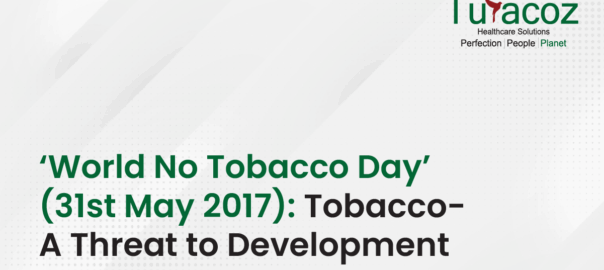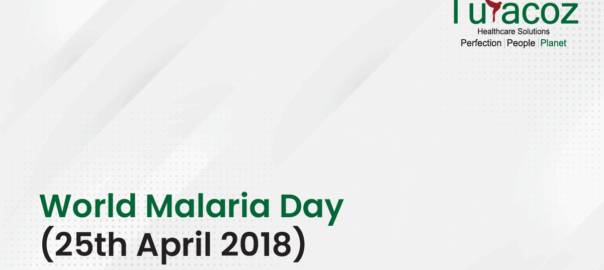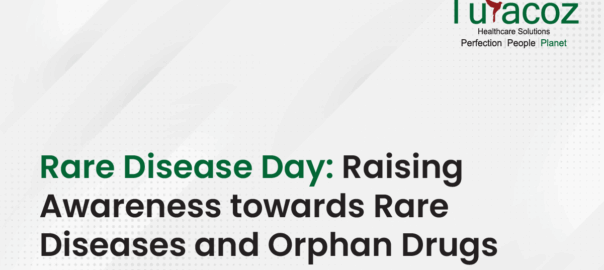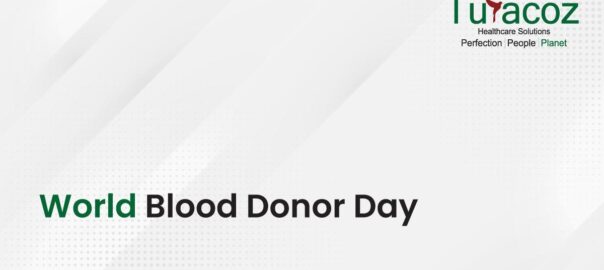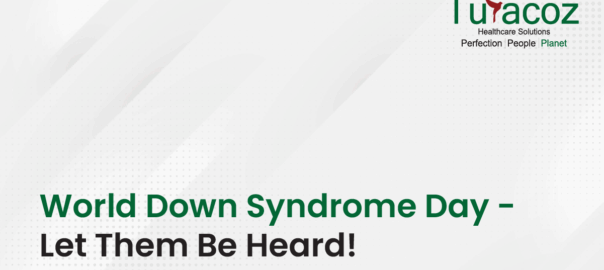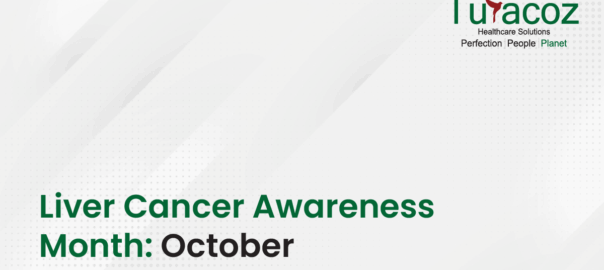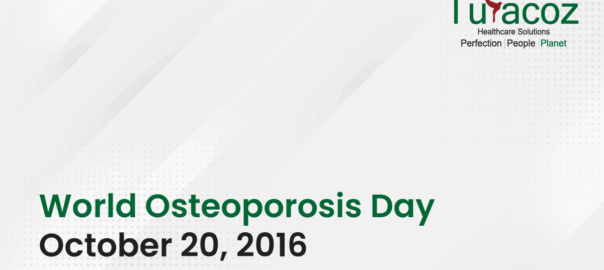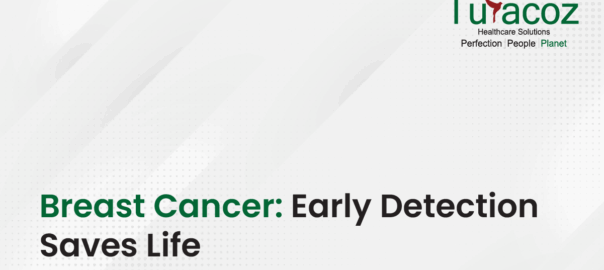World No Tobacco Day (WNTD) is celebrated every year on 31st May, since its beginning in 1988. The main aim to mark this day is to encourage a 24-hour period of abstinence from all forms of tobacco consumption around the world. It also aims to spread awareness about the widespread prevalence of tobacco use and the health risks associated with tobacco consumption. The resolution to celebrate 31 May as WNTD was passed by the World Health Assembly (WHA) in 1998 (WHA40.38). The World Health Organization (WHO) has continuously supported WNTD, every year for this campaign and decides on a theme for the day to create a more unified global message. The global theme for WNTD 2018 is – “Tobacco and Heart disease”. The theme focuses on the association between tobacco consumption and cardiovascular health and aims to inculcate the sense of refraining from tobacco use among general people.
Tobacco contains nicotine, a drug classified as potent parasympathomimetic stimulant. Nicotine is a poisonous alkaloid of the plant genus Nicotiana (family Solanaceae). The WHO declared tobacco as the world’s single greatest preventable cause of death in 2008.
Tobacco use is an important risk factor for the development of various diseases such as cancers (lung, blood, kidney, bladder, brain etc.), respiratory diseases, cardiovascular diseases (CVDs), coronary heart disease (CHD), stroke, peripheral vascular disease, pregnancy complications etc.
Key Facts from 2017 World Tobacco Reports
- Worldwide, each year tobacco causes nearly 6 million deaths, and current trends show that tobacco use lead to more than 8 million deaths annually by 2030.
- Almost every child regularly breathe air polluted by tobacco smoke in public places.
- As per the WHO’s, Global Health Observatory (GHO) data 2016, 40% of children are exposed to second-hand tobacco smoke, accounting for over 600,000 deaths per year. Close to a third of those deaths were reported in children under the age of five and two-thirds were in Sub-Saharan Africa (SSA) and South Asia.
- In 2011, tobacco caused one-tenth of CVDs worldwide. About 12% of all heart disease deaths are due to the use of tobacco and second-hand smoke.
- After high blood pressure, tobacco use is the second leading cause of CVD.
Aim of the World No Tobacco Day 2018
- Highlighting the connection between the use of tobacco products and CVDs.
- Increasing awareness within the masses to refrain from tobacco use and resist exposure to second-hand smoke to improve their cardiovascular health.
- Promoting heart health by feasible government actions and public measures that can help to reduce the risks to heart health posed by tobacco.
- Encouraging countries to include tobacco control in their national agenda.
Turacoz healthcare solutions, aims to increase awareness about the negative health impact of tobacco consumption and motivate them to refrain from the use of tobacco products. We must all join hands and raise our voice against both active and passive smoking so that a brighter and healthier future can be ensured for our younger generation and our Nation. Turacoz is a medical communications company, which offers services to healthcare professionals in clinical research, regulatory writing, publication writing, medico-marketing writing, and support for conducting medical advisory board meetings.

